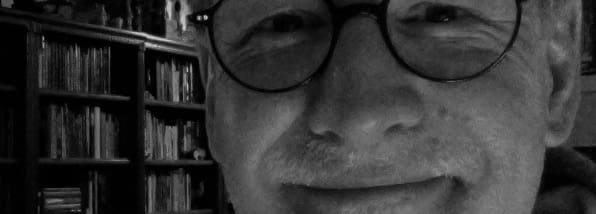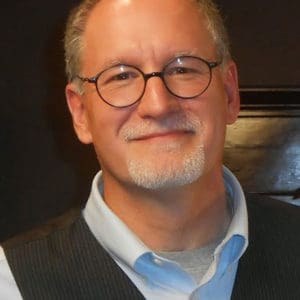Bigotry
Life, As I Find It
I shudder to think of it now. There I was at a CS Lewis conference and the esteemed teacher Peter Kreeft had been talking about ten things to learn from JRR Tolkien about evil. A brilliant talk. And, at the break, I had a chance to corner Kreeft to ask him a few questions. In the course of that short conversation, he mentioned to me how he had become a Catholic while attending Calvin College.
Everyone else probably knew it, but I didn’t. And I was surprised. But here’s the thing that surprised me and makes me shudder to think of it now: my immediate thought was, “How could a man this smart be a Catholic?”
By the grace of God, I didn’t actually say that to him. I sometimes wonder how he would have reacted if I had. But I didn’t.
And, by the grace of God, my reaction didn’t stop there. I moved on to a pivotal question: “What does he see that I don’t see?”
It was a pivotal question because I then realized my own bigotry and ignorance about Catholicism. All I knew about it was what I had been told by well-meaning (and not so well-meaning) Protestants – or what I had seen in the lives of a few Catholics. I’d read the Chick Tracts. I’d seen The Godfather. What else did I need to know?
I had concocted a lot of answers without ever asking the right questions. I had already rejected something I knew nothing about. And a very short conversation made me realize it.
At any other time of life, I might have left it there – acknowledged my ignorance and gotten on with my life. But at that moment I was already wrestling with some important issues. I was an Anglican and had been watching the implosion of the Episcopal Church in America. I began to wonder, who has the authority to interpret Scripture and establish doctrine?
I thought back to my formative years as a Baptist. There it was mostly a “me and my Bible” sensibility, as it is for so many Protestants. Every individual with his own leather-bound Word of God got to be his own Pope. That was easy. Just me and Jesus. And if I belonged to a community of believers, that was all right, too. But it was an optional extra.
That didn’t ring true for me. How did millions of “little churches” line up with Jesus’ prayer for unity? Was that only wishful thinking on His part? And who had the authority to say that my interpretation of the Bible might actually be wrong? Very few, and only if I agreed with them.
As an Anglican I had conceded to – no, I actually desired – some semblance of authority and structure. But the founders of Anglicanism were determined not to repeat the “mistakes” of Rome. The reigning Monarch was the head of the Church of England. And the Archbishop of Canterbury would not be the Pope, but the spiritual head of the Anglican Communion worldwide. In other words: no authority, apart from a sweet grandfatherly influence. We have seen in the last decade or so what that really means.
It wasn’t on my mind to leave Anglicanism. I was in for the fight. But the questions nagged at me and I had to wonder what I was fighting for. Catholicism wasn’t an option. Nor was the Eastern version. And yet… that encounter with Peter Kreeft was like a slap in the face. What does he see that I don’t see?
I was determined to find out. I couldn’t imagine myself ever becoming a Catholic, but it was a decent compromise to explore the Ancient Church, believing it was neither Catholic nor Eastern Orthodox. That was a safe bet. I could be objective and without prejudice. And so I made the effort. As John Henry Newman has pointed out, to go back into history is to find oneself in staunch Catholic territory. Beware!
Since becoming Catholic, I have encountered a lot of people with the same sensibilities I had at that meeting with Peter Kreeft. They think they know Catholicism, but they don’t. They think they know Catholics, but they don’t. And it’s up to us to show them who we really are and truly believe.
And such is life as I find it.





